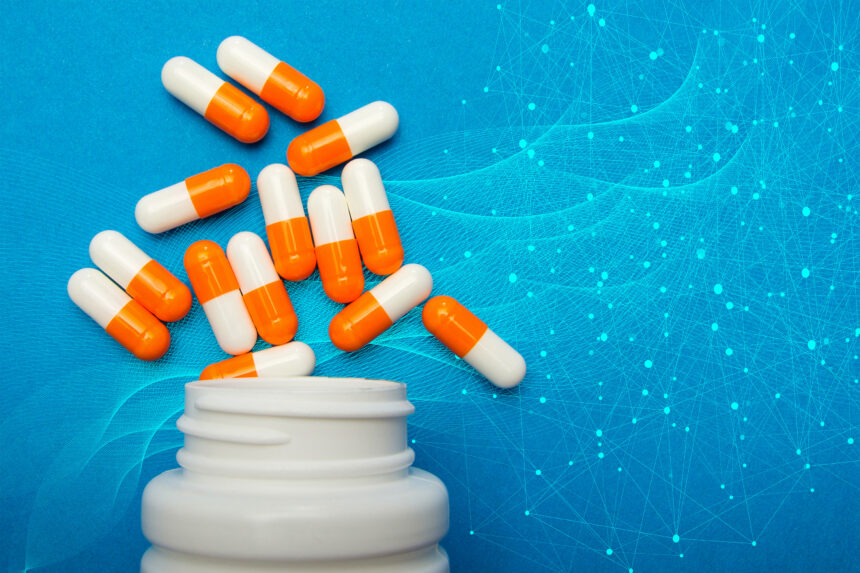AI Develops Promising New Antibiotics to Combat Superbugs
Researchers at the Massachusetts Institute of Technology (MIT) have made a breakthrough in the fight against drug-resistant bacteria, unveiling two novel antibiotics crafted through advanced artificial intelligence (AI) technology. These innovative compounds have shown efficacy against gonorrhea and methicillin-resistant Staphylococcus aureus (MRSA) in laboratory and animal studies.
A New Era in Antibiotic Development
The latest findings, published in the journal Cell, point towards a potential “second golden age” in antibiotic discovery through the sophisticated application of AI. With antibiotic-resistant infections now responsible for over one million deaths annually, the need for new treatment options has never been more pressing. Historical overuse of antibiotics has allowed bacteria to evolve and evade these critical drugs, resulting in a notable scarcity of effective treatments in recent decades.
Innovative AI Techniques
Previous attempts at harnessing AI for antibiotic discovery involved analyzing thousands of existing chemicals to identify candidates worthy of further exploration. However, the MIT team has taken a significant leap by utilizing generative AI to engineer completely new antibiotic compounds from scratch. This method involved an exhaustive examination of 36 million chemical structures, including both known and theoretically possible compounds.
The AI was trained using the chemical configurations of established antibiotics, coupled with data indicating their effectiveness against various bacterial strains, allowing it to discern how molecular structures influence bacterial growth. Two primary methodologies were employed:
- The first focused on finding promising starting points by sifting through a large library of chemical fragments, expanding them into fuller molecules.
- The second afforded the AI the freedom to invent from a blank slate.
Through this process, designs were systematically filtered to exclude compounds closely resembling existing antibiotics or those deemed potentially toxic to humans.
Testing New Antibiotics
The AI-generated antibiotics, aimed primarily at treating gonorrhea and MRSA, underwent rigorous testing in laboratory environments and on infected mice, leading to the identification of two viable drug candidates. According to Professor James Collins from MIT, the ability of generative AI to develop entirely new antibiotics represents a significant advancement in medical science. “AI allows us to quickly and affordably create new molecules, expanding our arsenal against superbugs,” he stated.
Despite the promising results, experts caution that extensive refinements and clinical trials are required before these drugs can reach the market, a process that might take an additional one to two years.
| Antibiotic Target | Sample Testing Results | Next Steps |
|---|---|---|
| Gonorrhea | Effective in lab and animal models | Further refinement and clinical trials |
| MRSA | Effective in lab and animal models | Further refinement and clinical trials |
Future Challenges Ahead
While the research holds substantial promise, experts emphasize the ongoing hurdles surrounding antibiotic development. Dr. Andrew Edwards from the Fleming Initiative remarked on the significance of the work and the potential it has to revolutionize antibiotic identification. However, he noted the crucial need for rigorous testing to ensure safety and effectiveness before the drugs can be administered to patients.
Professor Collins has called for improved models that more accurately predict the effectiveness of these new antibiotics in real-world settings, reinforcing the need for collaboration between researchers and the pharmaceutical industry.
In closing, as the struggle against drug-resistant infections continues, the utilization of AI in drug discovery could pave the way for groundbreaking advancements in antibiotic therapies, potentially saving countless lives in the future.




